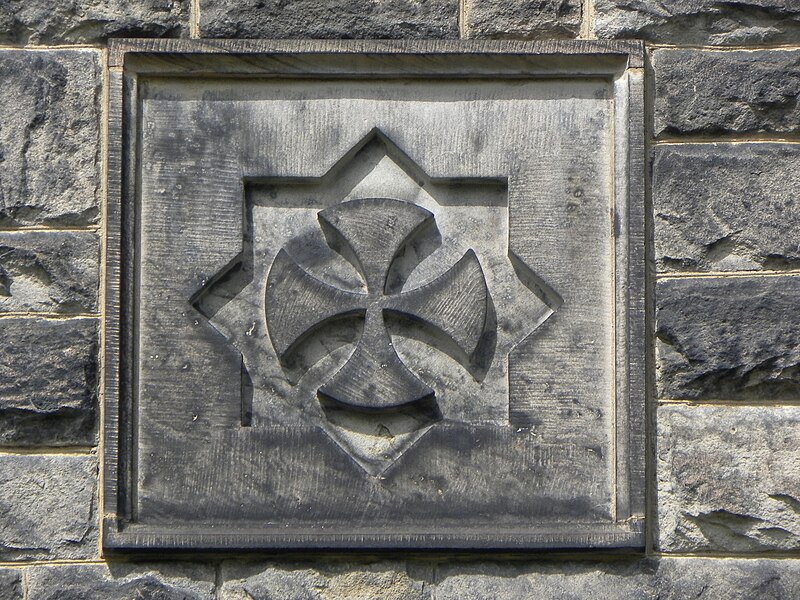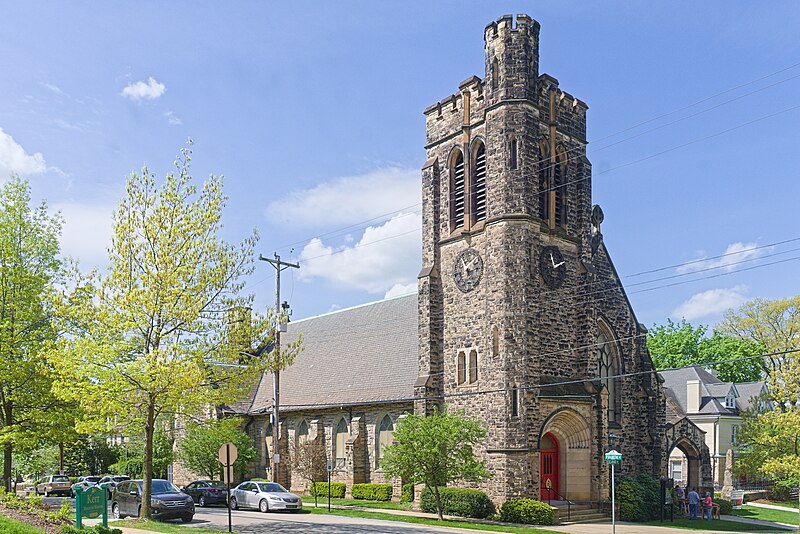
First put up in 1913 (replacing a clock on a post that had stood here earlier), the Kaufmann’s clock is one of the famous sights of Pittsburgh. It keeps time, too.


Comments

First put up in 1913 (replacing a clock on a post that had stood here earlier), the Kaufmann’s clock is one of the famous sights of Pittsburgh. It keeps time, too.



The history of the Horne’s building is a complicated one. The original building was one of the last works of William S. Fraser, one of the most prominent Pittsburgh architects of the second half of the nineteenth century. Only a few years after it opened, a huge fire burned out much of the interior. Some of the original remained, but, since Fraser had died, Horne’s brought in Peabody & Stearns, a Boston firm that also had an office in Pittsburgh, to design the 1897 reconstruction. Another fire hit the building in 1900, but most of it was saved. You can see a thorough report on the fire, with pictures, at The Brickbuilder for May, 1900.

In 1922, a large expansion was added to the building along the Stanwix Street side, with the style carefully matched to the 1897 original. The new building was taller by one floor, but all the details were the same, including the ornate terra-cotta cornice.




The Horne’s clock, a later addition, is not as famous as the Kaufmann’s clock, but it served the same purpose as a meeting place for shoppers. It is once again keeping the correct time.

The most striking feature (in two senses of the word “striking”) of this church is the great clock tower, which gives time to the whole village. In fact, the borough took over responsibility for maintaining the clock, as the church tells us in its page of Village Clock Tower Facts. The tower was finished in 1884, and in 1996 a thorough rebuilding was finished that included a new electronic clock to replace the replacement clock that had replaced the original clock many decades previously.





A small but very rich classical bank still in use as a bank.


The clock suggests that the bankers will consult an astrologer before investing your money.


Stock-photo sites will charge you good money for patently metaphorical pictures like these. Yet old Pa Pitt gives them to you for free, released with a CC0 public-domain donation, so there are no restrictions on what you can do with them.


Cameras: Kodak EasyShare Z1285 (HDR stacks of three photographs); Canon PowerShot SX150 IS.

The outsized corner tower of this Episcopal church defines the rich and splendid building, designed by R. Maurice Trimble and built in 1906. Old Pa Pitt is especially happy that the clock is keeping time, because it’s an extraordinary clock.






Cameras: Sony Alpha 3000; Nikon COOLPIX P100.

The Iroquois Building, which takes up a whole block of Forbes Avenue, was designed by Frederick Osterling, Pittsburgh’s most consistently flamboyant architect. Osterling designed in a variety of styles: he had his own ornate version of Richardsonian Romanesque, and his last large commission was the Flemish-Gothic Union Trust Building. Here, as in the Arrott Building downtown, he adapts Beaux-Arts classicism to his own flashier sensibilities. The building was finished in 1903.

This clock sits in front of the central light well—a typically ornate Osterling detail.

A naked brick front would never do for Osterling; it must be constantly varied in shape and texture. These grotesque reliefs help.